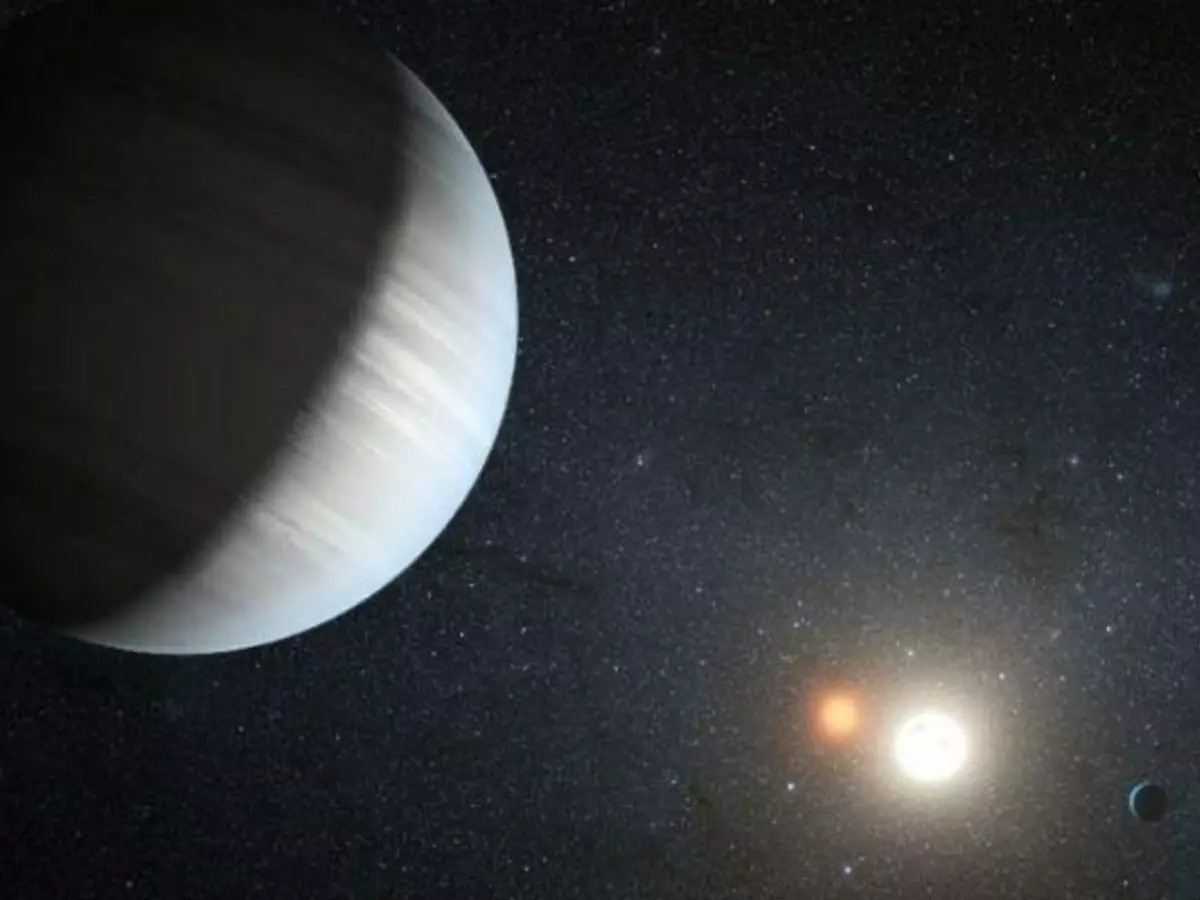Mystery Planet Nine In Our Solar System: Scientists Know Where To Look
The discovery of Planet Nine in our solar system may be closer than we think. Scientists have created a "treasure map" to pinpoint its location. Here's all we know about the potential ninth planet

The existence of "Planet Nine" has drawn divided attention from scientists. While many are convinced of another world beyond our solar system, others warn that it may as well be wishful thinking.
Now, scientists have charted a pathway to pinpoint the location of a potential ninth planet in our solar system beyond the former planet of Pluto.
Treasure map that leads to Planet Nine
Using this "treasure map", astronomers hope to find the elusive "Planet Nine" which was first posited theoretically back in 2014. The map in question was curated using the hypothetical planet's gravitational pull.
 NASA
NASA
While an unexplained pull has been picked up by scientists which falls in line with the theory of Planet Nine, it's entirely possible that the objects that appear to be locked in orbit are nothing but remnants of gravity moving in space.
Also read: Scientists Find Strong Clues Of 'Ninth Planet' In Our Solar System, Not Pluto
With this map, astronomers from the California Institute of Technology have narrowed down the area where the planet might exist... rather hiding. It appears that the planet is not visible to us because it's hiding behind bright objects in the Milky Way galaxy.
 Reuters
Reuters
Conducted by CalTech's Mike Brown and Konstantin Batygin, the research hopes to set out a pathway for scientists to pursue while looking for Planet Nine.
According to Brown, the discovery of Planet Nine is not too far away and it could be found in less than two years from now if their calculations are correct.
How far is this Planet Nine from Earth?
While multiple studies were undertaken on Planet Nine's distance from Earth earlier, none were as comprehensive. According to fresh estimates, the Planet Nine completes a single orbit around our Sun in 7,400 years.
Previous calculations put the distance at 18,500 years. This is peculiarly fascinating because it implies that the planet is much closer than previously believed, even though the current distance also keeps the planet from being directly observed by human scientists.
 NASA
NASA
Also read: Sun-Like Stars Eat Their Earth-Like Planets Frequently, Say Scientists
Gravitational assessments also lead scientists to believe that Planet Nine may be over six times bigger than Earth, even though it's still hard to ascertain whether the planet is rocky or gaseous.
Are you thrilled by the fast progress space discovery is making this decade? Let us know in the comments, and to keep yourself up-to-date with all things science and tech, keep reading /.
